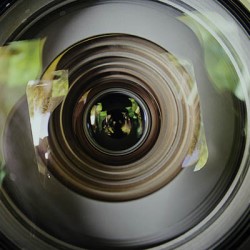Автоновинки
History of optics
- 10.11.2021
 For the ancients, the process of image formation was full of mystery. Indeed, for a long time, there was much discussion about whether something in vision passes from object to eye or from eye to object.
For the ancients, the process of image formation was full of mystery. Indeed, for a long time, there was much discussion about whether something in vision passes from object to eye or from eye to object.
In the early 17th century, however, it was known that rays of light traveled in straight lines, and in 1604 a German astronomer Johannes Kepler published a book on optics in which he regarded an extended object like a can. A multitude of different points, each point emitting rays of light in all directions. Some of these rays enter a lens, by which they have bent around and made to converge at a point, an "image" of the point from which the rays originated. The lens of the eye was no different from other lenses, and it formed an image of foreign objects on the retina, giving the sensation of vision.
It’s types
There are two main types of images to consider: real and virtual. A real image is formed outside the system, where the emerging rays actually cross; Such an image can be captured on a screen or a piece of film and is the type of image created in a slide projector or camera. A virtual image, on the other hand, is formed inside a device at the point where the divergent rays cross if they are magnified backward into the device. Such an image is formed in a microscope or telescope and can be seen through an eyepiece. Many companies carry out the process of precision optics manufacturing and optical prism manufacturing using the precision lenses. Kepler's concept of the image formed by the crossing of rays was limited in that it did not account for possible aberrations caused by aberrations, diffraction, or deflection. In 1957 the Italian physicist Vasco Ronchi went the other way and defined an image as any recognizable non-uniformity in the light distribution on a surface such as a screen or a film; The sharper the image, the greater the degree of disparity. Today, the concept of an image often departs from Kepler's idea that an extended object can be thought of as innumerable separate points of light, and sometimes an image as overlapping patterns of varying frequencies and contrasts. occurs in the form. happens as. believed to be composed of; Therefore, the quality of a lens can be expressed by a graph connecting the spatial frequency of a parallel line object to the contrast in the image.